When you think of effects pedals for your guitar, you can’t leave out the wah pedal.
The first effect pedal I bought was an overdrive (Ibenez TS-5), but the next one I bought was the GCB-95 CRYBABY.
At the time, I was in the middle of the Visual Kei boom, and while everyone around me was listening to Grey and L’arc~en~Ciel, I was in junior high school and into Eric Clapton and Jimi Hendrix, so it’s safe to say that I didn’t have a lot of friends. (lol)
I thought that it was so cool to be able to change the sound with my foot! I bought one, but when I started playing in a band, I didn't have much use for it. It was so heavy and big that I stopped taking it out with me. I remember thinking at the time, "I wish I had a wah that was as small as the Boss compact!” When the mini wah finally came out another 20 years later, I jumped at the chance to get it.
But let's not talk about that.
I found this when I was cleaning my house.

This poor VOX V845 was a testbed for me when I was modifying a lot of effects pedals about 15 years ago.
I added a Mooer footswitch cap to the side to make it look like an LED lens (lol),

and the opposite side is full of holes.
I learned how to modify the circuitry of effects pedals with such sacrifices.
(VOX V845 sounds good as it is.)
MOOER / Mushroom Footswitch Hat FT-MTP 10pcs
I used to do some wah modification work at one of the stores with effects pedals like this.
I used to think that anyone could make some adjustments to a wah pedal.
Of course, the standard wah modifications such as true bypass, LED installation, and replacing pots because of buzzing are not possible without some prior knowledge and tools such as soldering and drilling, so it is better to ask someone at a store that can do these kinds of modifications. I think it’s possible to do minor adjustments and maintenance by yourself (don’t do too much if you feel you’re in over your head).
In this article, I will list some simple adjustments that can be done with a screwdriver and wrench.
However, please note that you will have to remove some parts, so do so at your own risk.
01. Adjustment of Variable Range
There are models that can adjust the range with a switch or knob, but
JIM DUNLOP / CBM95 Crybaby Mini Wah
you can adjust it without JIM
Let's take a look at the standard GCB95.
JIM DUNLOP / GCB-95 CRYBABY WAH WAH
If you open the back cover of the current product, it looks like this.

The current board is red.
First unscrew the part that holds the gear shaft

and shift the gear shaft.

Turn the pot a little counterclockwise if you want it to go higher, or clockwise if you want it to go lower.
Even one gear will change the way it is applied.
Return the shaft and you are done.

You may be thinking, “Is that all there is to it?” Yes, that’s it.
This alone will give you a very different response.
Jimi Hendrix's wah was modified to be effective in the low frequency range! You don't have to modify the circuit board to do this, just adjust it.
You can feel the change in the variable range just by turning the pot just a little bit, so you can do this through trial and error.
The pot's circumference has a limit, so be careful not to break the pot by forcibly stepping on it when it is at its limit!
02. The ease of stepping on the footswitch
As you probably know, the wah is turned on and off by stepping on the pedal, but the sensitivity of this switch varies from person to person.
Some people prefer the same wah to be able to switch on and off by itself while they’re playing, while others say, "It doesn't change at all even if I step forward!” They can have the same wah, but in this case, it is best to adjust the position by yourself.
Since the rubber and felt act as a cushion, it is easier to turn it on and off by cutting or removing the rubber, or by sticking a pick on the felt to make it harder! I have seen some units that have done this, but honestly, neither way is very good.
If the pedal hits the switch too hard, it can also cause noise.
The factory-installed JimDunlop switch has a longer shaft, which can be adjusted by slightly shifting the position of the nut that holds it in place.
Remove the nut on the switch side.

The height can be adjusted by turning the internal nut slightly and

reinstalling it. Since the height can also be changed by turning the nut just a little, try turning the nut halfway around, reassemble and try again, and then remove the nut and try again at ....... Adjustment can be done by trial and error.
If you turn the nut forcibly with radio pliers or the like, it will scratch the nut, so please use a thin wrench or something like it.
If you adjust the ON/OFF sensitivity while sitting down, it may be too easy to switch the sensitivity when you play standing up in the studio, so it is best to find a good ON/OFF point while standing or sitting down.
03. Other Wah Pedal Maintenance
They are prone to dust when left unattended, so they will last longer if they are maintained on a regular basis.
In particular, the gears are coated with grease, so they are also prone to dust. Dust can also cause the pot to gall, so if there is too much dust on it, wipe off the grease with a cotton swab.
However, if there is no grease, the pot will make a creaking sound when you step on it, in which case, apply grease such as YAMAHA / SG4 Slide grease.
Silicon grease sold at car accessory stores is also acceptable.
Too much grease will cause dust to adhere easily, so you only need a small amount. However, too little is not good. ......
If the rubber on the back of the pedal has been removed, lost, or cut off in the past, you can replace it.
If you find it hard to turn the switch on and off, you can buy thick felt sheets at a home improvement store, so you can cut and reattach them.
That's it for this time.
Although I have written about the extent of the work that can be done easily yourself, so please do the work as I described in this article at your own risk. If you are not confident in your ability to tinker with machines, it may be wise not to do so.
As is the case with modifying effects pedals, making your own shields, etc., those who are willing to do so will acquire skills and knowledge by repeating the process of making numerous mistakes, searching for the causes, ruining effects pedals and plugs, etc. (see ......).
If you are not suited for this kind of work, you will not be able to stop yourself from making a product! Those people who say, “This product is defective because I made it cheaply but didn’t like how it turned out” are not suited for this job.
I would like to write more about wah pedals.






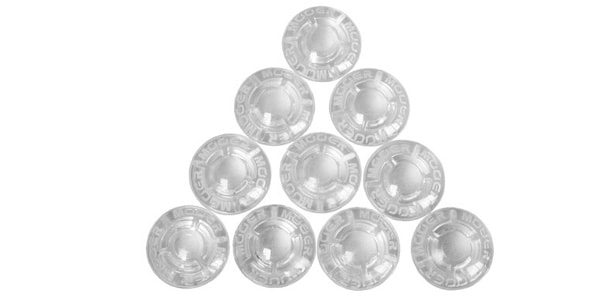
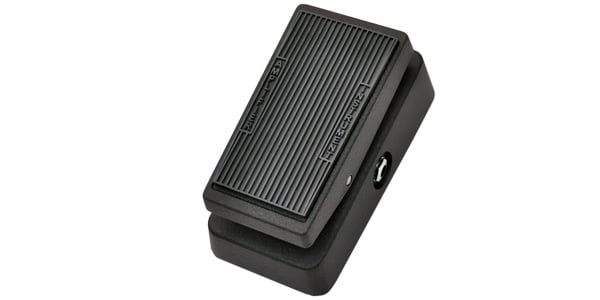
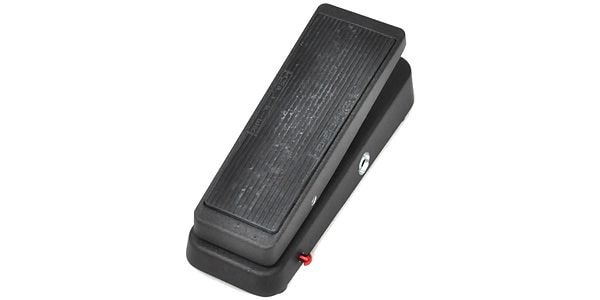
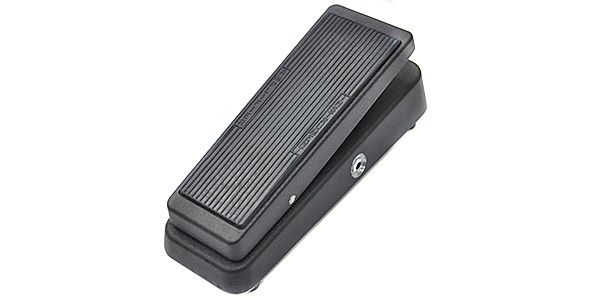
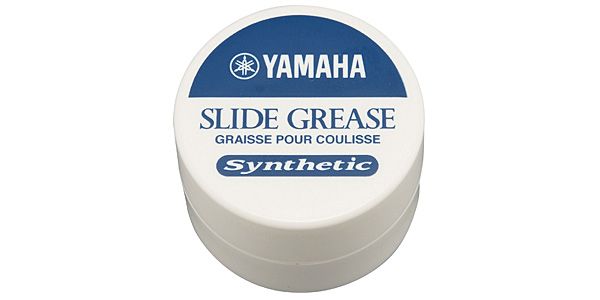
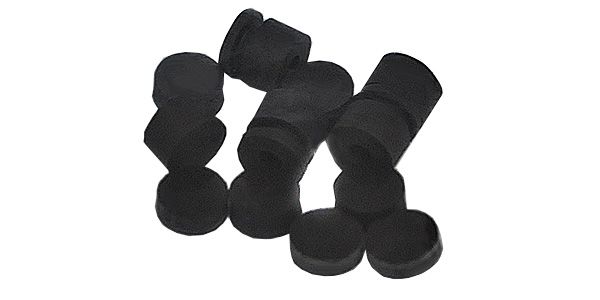








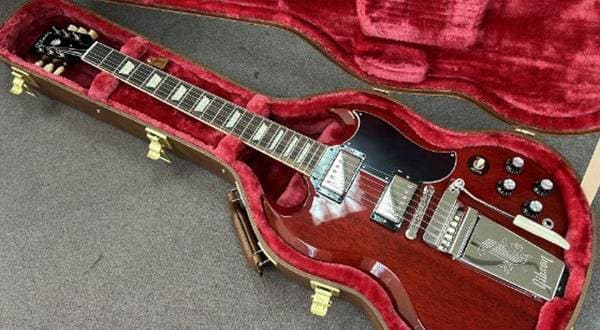
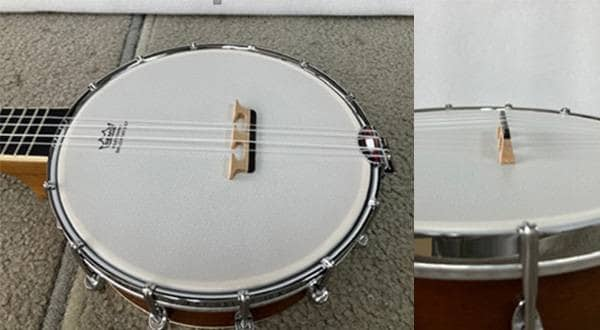

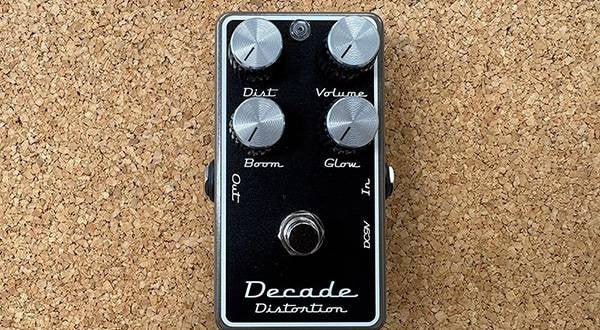
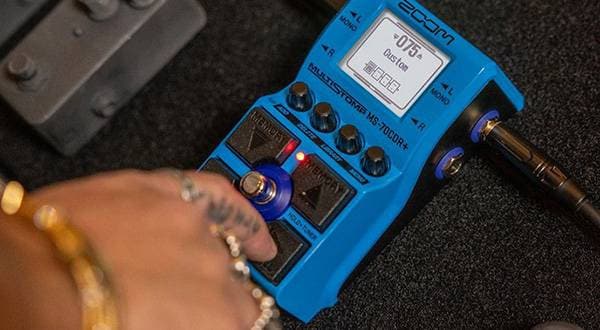
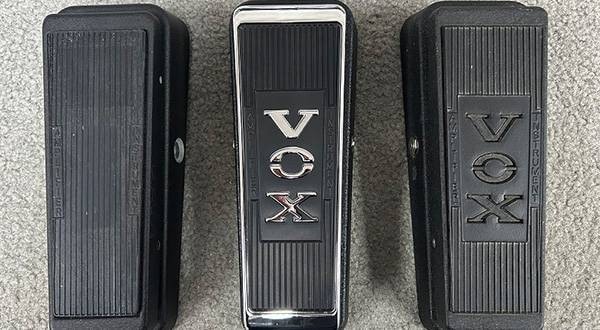
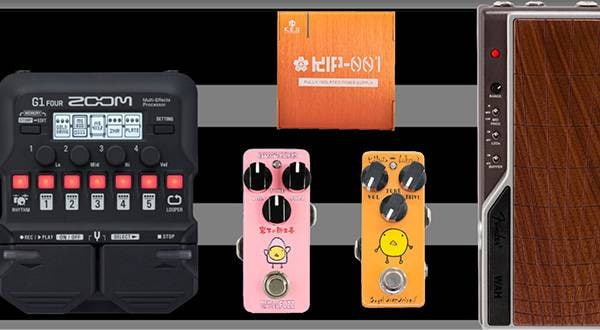
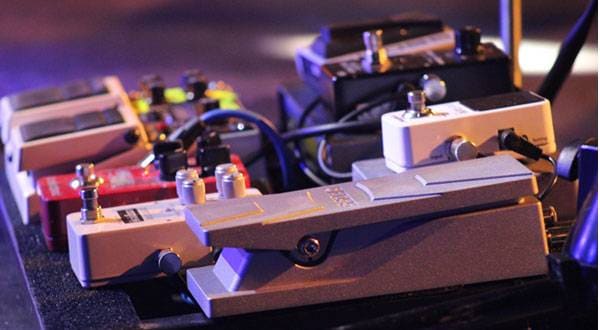
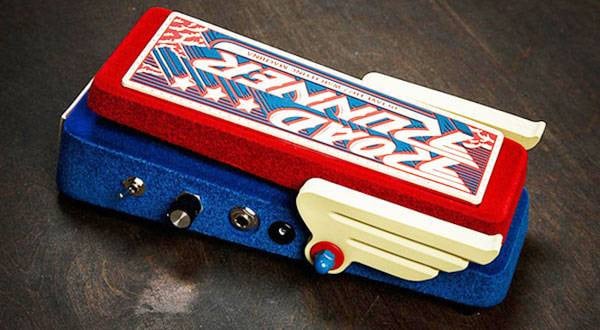
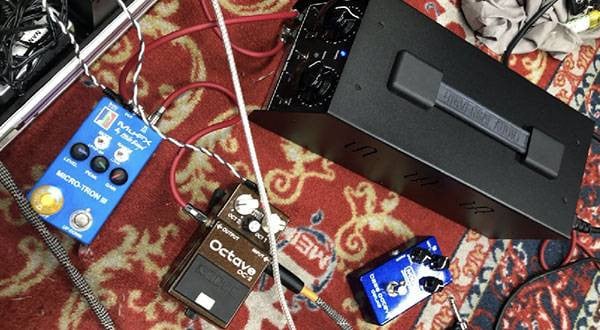
![[Beginner-Friendly] Part 3 - Pedalboard Gems: A Slightly Nerdy Effects Pedal Guide: Wah Pedals](/contents/uploads/thumbs/2/2018/2/20180203_2_2002_1.jpg)
 プレイテックのギターを最強に改造!!
プレイテックのギターを最強に改造!!
 ギター 初心者講座
ギター 初心者講座
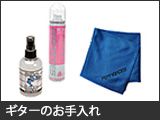 ギターのお手入れ
ギターのお手入れ
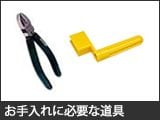 お手入れに必要な道具
お手入れに必要な道具
 エフェクターのつなぎ方
エフェクターのつなぎ方
 エフェクターの種類
エフェクターの種類















